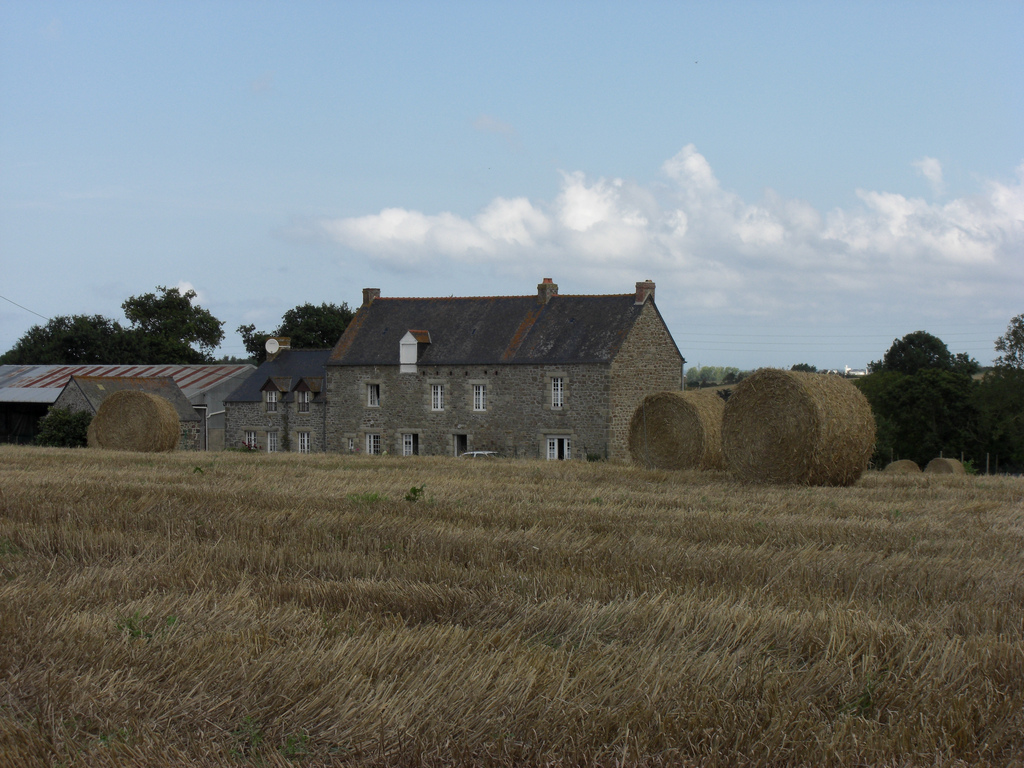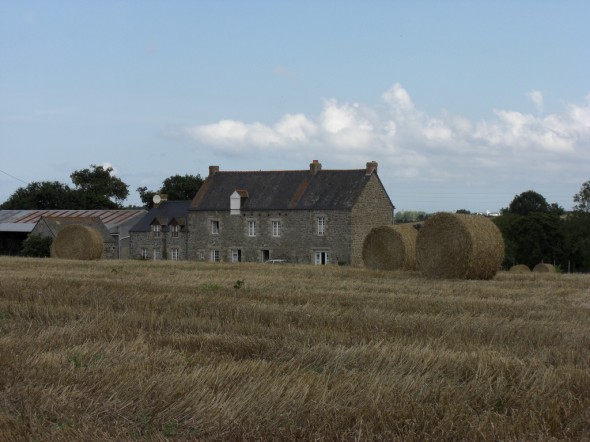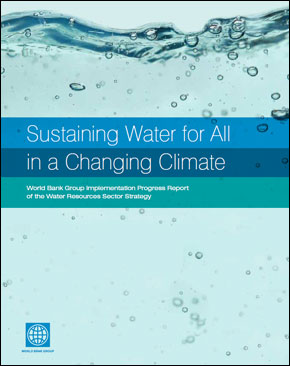Extreme Weather Hampers Grain Production — Droughts in France and Germany, Floods in Ohio
Two of the world’s most important crops, corn and wheat, are on track to meet global demand, despite water woes.
By Codi Yeager
Circle of Blue
Yield projections are dropping as droughts continue to hit wheat crops in Europe and parts of the United States, while other regions are plagued with heavy rains that are delaying corn planting and threatening wheat with mold.
The European droughts started as early as February in Germany and France and are expected to continue until June, Reuters reported last week.
Germany and France are two of the top producers in the EU, which, as an entity, is the world’s largest wheat supplier, Bryan Purcell, a crop assessment analyst for Europe and North Africa with the U.S. Department of Agriculture’s Foreign Agricultural Service, told Circle of Blue.
“The dry months have reduced initial wheat estimates, but currently May forecasts are above last year’s when we had weather issues” he said, referencing the 2010 droughts in Central Europe and Russia. “[The droughts] are definitely weighing down the crop, but the situation is not as dire.”
— Bryan Purcell
USDA Crop Analyst
When compared to 2010 droughts, this year’s weather is having less severe effects. In fact, global wheat supplies in 2011 are expected to rise 19.4 million metric tons (21.4 million tons) over last year’s harvest, representing a 1 percent increase, according to the USDA’s latest World Agricultural Supply and Demand Estimates report. This outpaces the increase in global demand of 7.6 million metric tons (8.4 million tons), though ending stocks for 2011 are projected to be at lower levels than last year, the report added.
Demand for grains has increased in recent years, primarily because of biofuel production, Purcell said. “We are also seeing more demand because of rising incomes in places like India and China.”
Extreme weather events as a result of global climate change could become more common in the future, taking a heavier toll on agriculture, the Houston Chronicle has reported. While this year’s droughts may not be catastrophic to global supply, the lack of rain could adversely affect the quality of the wheat harvested.
“France typically produces very high quality wheat, but, if the drought continues, it may be lower quality wheat than is needed for milling,” Purcell said. “Other countries might have to provide milling wheat because France couldn’t meet the standards.”
Still, the estimated quantity of wheat produced could continue to change, depending on weather conditions in the remaining run-up to the June and July harvests.
— Natalie Lehner
Ohio Corn & Wheat Growers Association
Farmers in the U.S. are also watching the weather closely, as some battle droughts and others fight unseasonal rain. Bloomberg reported that 44 percent of winter wheat fields in the country were rated either poor or very poor as of May 15.
Due to a lack of rain in Kansas, Texas, Oklahoma, and Colorado—states that produce a large portion of the country’s hard red winter wheat—total winter wheat production in the U.S. is expected to decrease by 4 percent, according to the USDA’s WASDE report.
In the Ohio Valley, too much rain is causing farmers to worry about the winter wheat harvest, as well as the planting of corn crops.
“Farmers are watching their crops very closely,” said Natalie Lehner, communications director of the Ohio Corn and Wheat Growers Association. “Some fields are very wet, while others are fine.”
As a preventative measure, many farmers are applying fungicide to their wheat. Some do so using airplanes because the fields are too muddy to access from the ground.
“Right now it is just preventative because the weather we are seeing is cool and wet instead of hot and wet,” Lehner said. “If it gets hot and wet, we could see mold, which is the biggest concern.”
The amount of rain is not normal, Lehner said, and farmers can expect a small hit in yields even if the weather changes. “We just have to wait and see,” she said.
Codi Yeager is a journalism student at West Virginia University and a Traverse City-based reporter for Circle of Blue.
A news correspondent for Circle of Blue based out of Hawaii. She writes The Stream, Circle of Blue’s daily digest of international water news trends. Her interests include food security, ecology and the Great Lakes.
Contact Codi Kozacek








Leave a Reply
Want to join the discussion?Feel free to contribute!